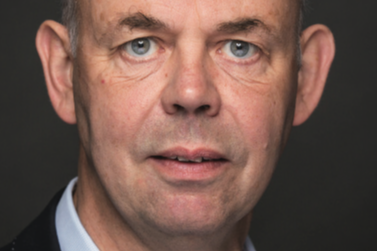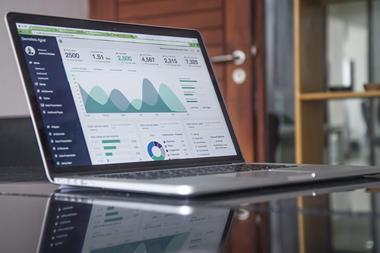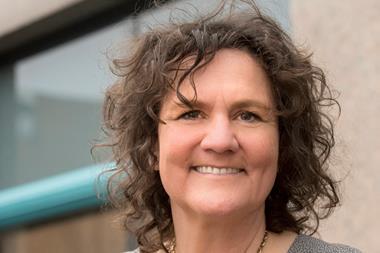Pension funds are expected to become the largest sellers on the private equity secondary market in the second half of the year with 38% of the total transaction volume, according to a report published by Setter Capital.
Pension funds were already among the most active sellers on the private equity secondary market in H1 2022, accounting for 32.3% of the total transaction volume, second only to general partners making up 32.8%, the report added.
The rise of pension funds among the largest sellers came as the California Public Employee’ Retirement System (CalPERS) recently divested stakes close to $6bn in private equity funds.
Pension funds were followed by endowments and foundations, accounting for a total transaction volume of 7.9% in H1 on the secondary market.
Sovereign wealth funds are expected to make up 12% of the total transaction volume in H2, with insurance companies taking 10%, fund of funds/secondary funds and family offices 7%, and endowment and charities 6%.
Secondary funds were again the most active buyers in H1 2022, accounting for 84.2% or $48.68bn of total purchases, while funds of funds accounted for 12.9% or $7.48bn, according to the report.
Investment activity in H1 was driven mostly by the top four buyers transacting close to $19bn in volume, with 23 of the largest buyers deploying more than $600m in H1 this year, making up 73.9% of total transaction volume in the market, against 69.5% in H1 2021. This meant purchases worth $42.75bn across 302 transactions with an average deal size of $141.33m.
Modest growth in H1
The growth of secondary market activity was “modest” overall year-on-year in H1, the report said, with a transaction volume worth $57.8bn, up from $54.9bn in H1 last year.
Fund secondaries increased by 38.9%, from the $22.01bn recorded in H1 2021 to $30.58bn in H1 2022. Direct secondaries decreased by 17.1%, from $32.91bn in H1 last year to $27.26bn in H1 this year.
Private equity secondaries transactions (funds and direct investments) grew year-on-year by 3.6% to a total of $53.76bn in H1. Private equity funds were up 34.8%, from $20.18bn in H1 2021 to $27.21bn in H1 2022.
Leveraged buyout (LBOs) funds were also up by 33.9% year-on-year, from $14.52bn in H1 2021 to $19.43bn in H1 2022. Venture capital funds rose by 33.7% to $3.77bn in H1 this year from $2.82bn in H1 last year, and fund of fund secondaries were up 76.5% year-on-year to $2.81bn in H1 2022.
The transaction volume of debt funds, instead, went down 1.3% year-on-year to $1.05bn in H1, energy funds lost 20% to $150m. Transactions of agriculture and timber funds also decreased year-on-year by 11.4% to $76m in the first six months of this year, while hedge funds increased volume by 42.3% to $220m.
Infrastructure funds were up 112.6% to $1.93bn in H1 2022 from $910m in H1 2021. Real estate (funds and direct inestments) were slightly up 0.2% to $1.85bn.
Among direct secondary transactions the majority (85%) related to fund restructuring where limited partners (LPs) can opt to sell or roll into a new vehicle, 9% to the purchase of assets from a fund, for example fund liquidations or asset sales, 3% to tender offer to LPs not involving the restructuring of the fund, 3% to provision of unfunded/dry powder to a fund without a liquidity option to LPs, and 3% to others, the report showed.
Direct private equity and real estate transactions accounted for 97.4% ($26.55bn) and 2.6% ($710m), respectively, of the total volume.
Rebalancing
According to Bain Capital, one of the world’s largest private equity investors, interim sales of private equity investments worldwide have grown steadily from $40bn in 2015 to $132bn in 2021.
That growth appears to be accelerating further this year, said Richard Damming, co-head of European private equity at Schroders.
“There are many investors, such as pension funds, who, due to the losses in the public stock markets, suddenly have a much greater weighting towards private equity than they actually want. Certainly with the larger players in the market, it is often a strict rule that they then have to rebalance. You see that happening now. We are also offered such deals ourselves,” he said.
A spokesperson for Dutch pension fund giant PFZW said the scheme has not yet had to sell private equity investments, despite the fact that the allocation to the investment category has increased sharply, from 6.7% last year to 10% in mid-2022.
Pension fund ABP has set a maximum exposure of its total portfolio to private equity, but did not disclose a percentage. “Temporarily exceeding the bandwidth does occur. Our investors then have to make an effort to get back within the bandwidth. The sale of private equity participations is also an option,” said an ABP spokesperson.
This year, PFZW made use of the opportunity to make cheap additional investments in private equity via the secondaries market, in which buyers always get a discount on book value, making it attractive to investors.
Last year the discount was 9% on average. Damming expects this percentage to be even higher this year. “So this could be an attractive entry point for investors looking to expand their private equity allocation, and there are still many of them,” he said.
The latest digital edition of IPE’s magazine is now available























No comments yet